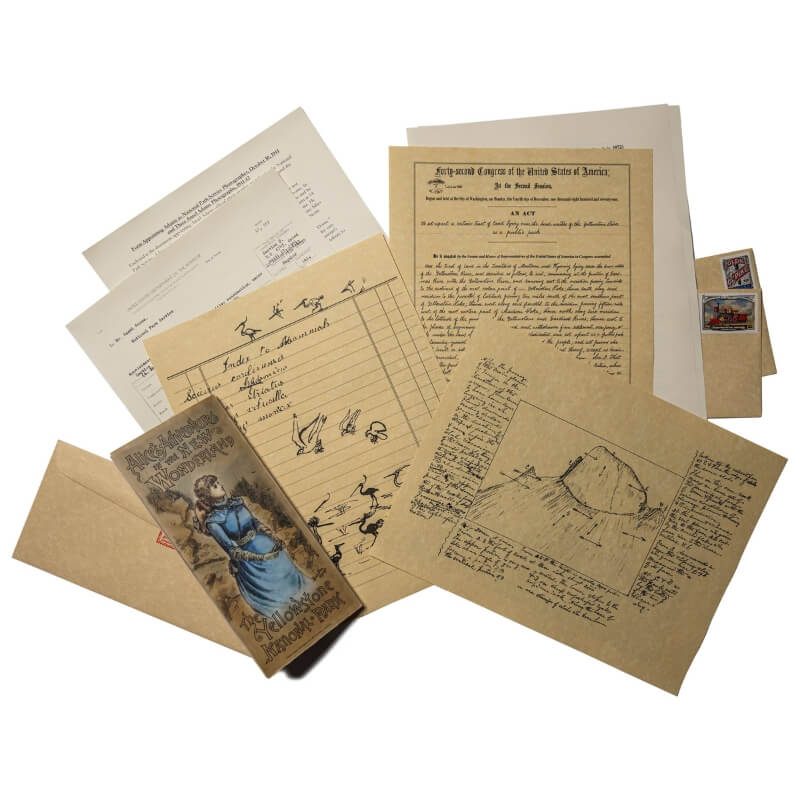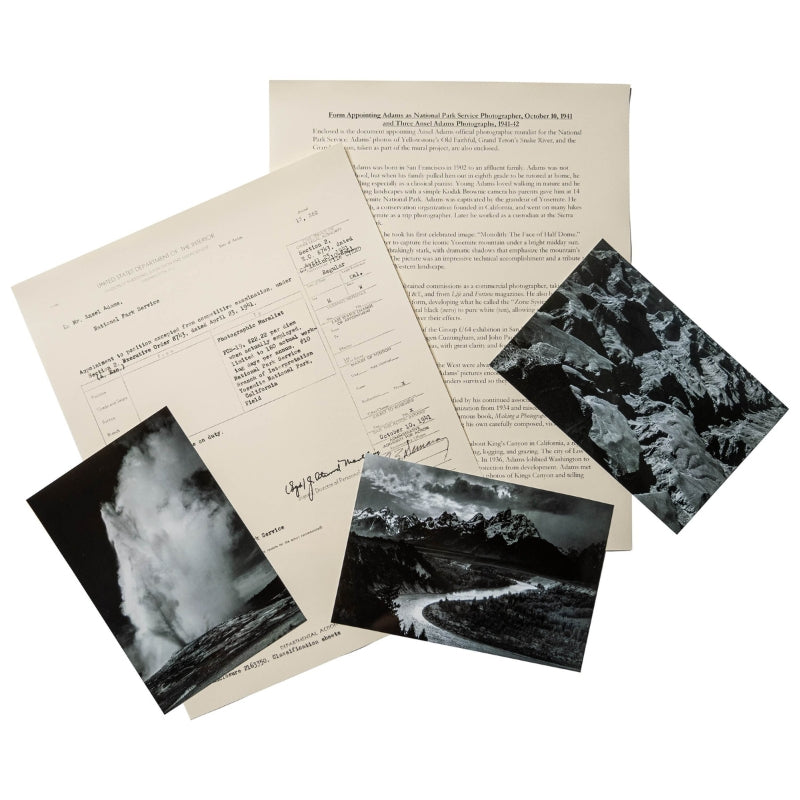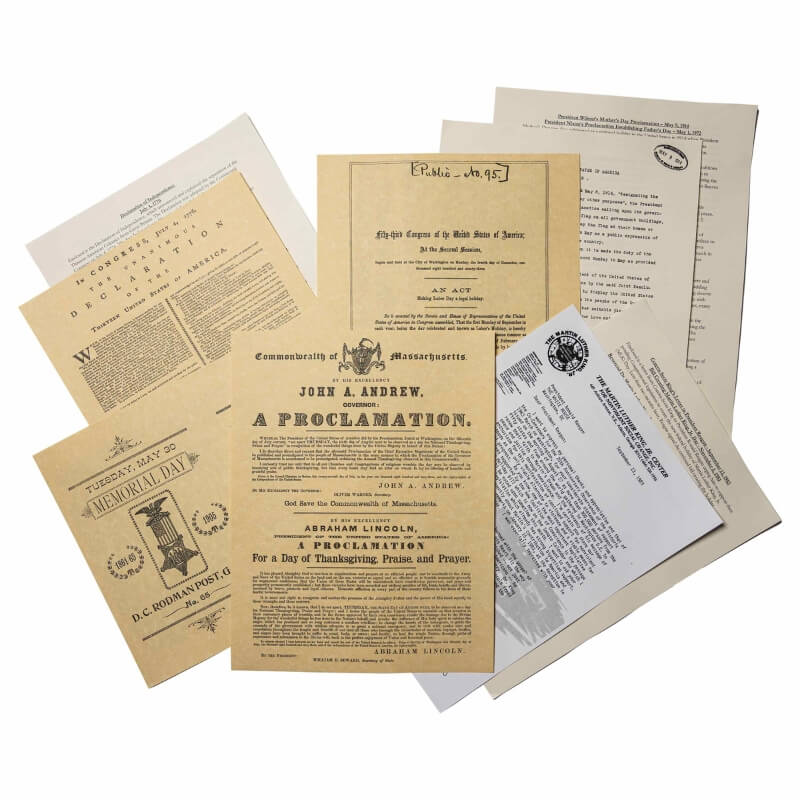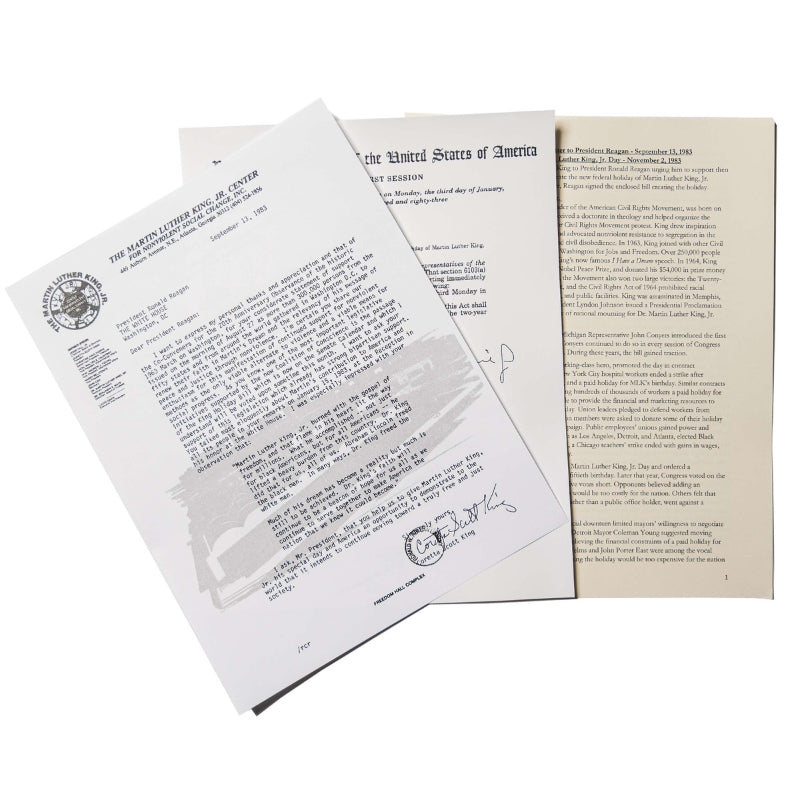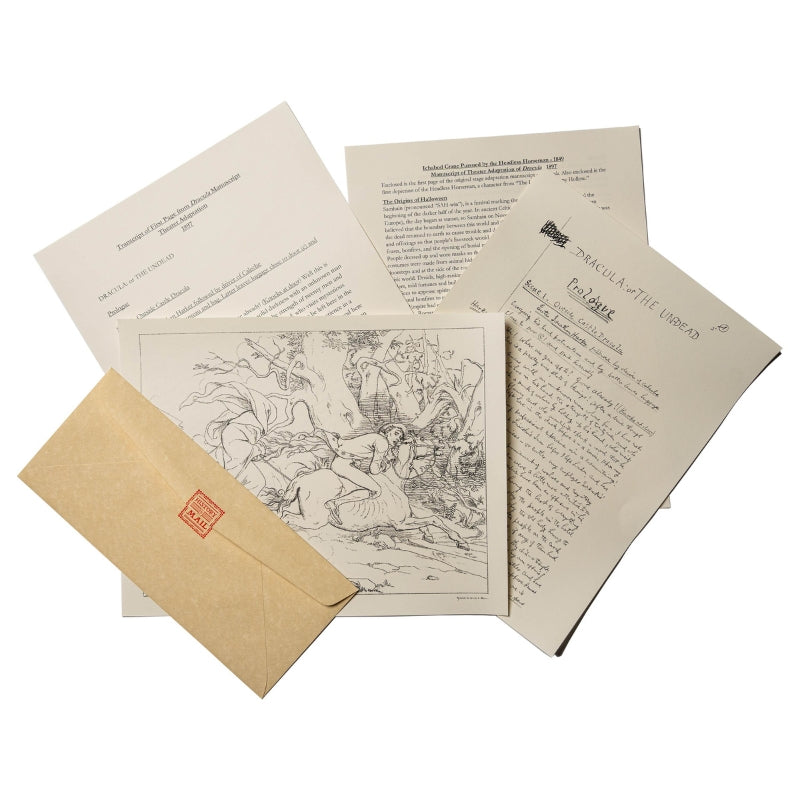
The U.S. used a treasury warrant to purchase Alaska from Russia in 1868. Governments use treasury warrants to authorize large payments. With a purchase price of $7.2 million, America acquired nearly 600,000 square miles of territory for less than 2 cents per acre.
Early Settlement of Alaska
Russians began settling Alaska in the mid-17th century, and in the 18th century cartographer and explorer Vitus Bering was commissioned by Emperor Peter I to explore the region. The Russians wanted a sea route from Europe to the Pacific Ocean. Bering led the First Kamchatka expedition, from 1725 to 1727, mapping the northern part of the Pacific Ocean and providing evidence to the Russians that Asia and North American were not connected by land. Bering also led the Great Northern Expedition from 1733 to 1743, mapping most of the Siberian Arctic coast and parts of the North American coast. The expedition brought sea otters and beaver pelts back to Russia that were of such high quality that fur traders began to sail from Siberia to the Aleutian Islands. The name “Alaska” comes from the Russian version of an Aluet name meaning “object to which the action of the sea is directed.”
A group of fur traders founded Russia’s first permanent North American settlement in 1784. Emperor Paul I merged several fur-trading organizations into the Russian-American Co. (RAC), gave it a trade monopoly over Alaskan resources, and directed it to create new settlements. The RAC set up several colonies, even as far south as northern California. Russian colonization, however, only numbered an estimated eight hundred people at its peak. Alaska was difficult to reach, communication was limited, and overhunting had decimated otter and beaver populations.
Treaty with Russia
Russia fought in the Crimean war from 1853 to 1856 against the Ottoman Empire, France, Britain, and Sardinia over rights to holy sites in the Middle East. After losing tens of thousands of soldiers in battle, the defeated and financially depleted Russians feared Alaska would soon be captured. Russia decided to sell the territory rather than lose it in another war, since the area was sparsely populated, difficult to control, and no longer lucrative. Emperor Alexander II hoped to start a bidding war between Britain and America over Alaska and publicized the offer to sell Alaska in the late 1850s. Great Britain was not interested in the offer, Canada was not yet self-governing, and the U.S. was tied up with domestic disputes which would later erupt in the Civil War. When the Civil War ended, Alexander II directed Russian Minister Eduard de Stoeckl to approach the U.S. again. William Seward, Secretary of State under Abraham Lincoln and then Andrew Johnson, was receptive. The Americans, motivated by Manifest Destiny, saw a potential for natural resources, greater trade with Asia, and improving America’s power in the Pacific.
A deal was reached on March 30, 1867, for the final sum of $7.2 million. With the purchase, the U.S. became roughly 20% larger. The Senate gave its consent, and President Johnson ratified the treaty on May 28. On October 18, a formal ceremony took place at Fort Sitka in which Russian troops lowered the Russian flag and U.S. troops raised the American flag. Today, October 18th is a legal holiday in Alaska, known as Alaska day, celebrating the day Alaska came into American possession.
The official “Treaty concerning the Cession of the Russian Possessions in North America by his Majesty the Emperor of all the Russias to the United States of America” was written in English and French, the diplomatic language used by Russia. The treaty set the geographical boundaries. The Russians ceded the right to all non-private property and buildings, except for churches which remained property of the Greek Oriental Church. Further, government documents related to Alaska were to be transferred to the U.S. with full access given to Russia upon request. Residents of Alaska could return to Russia within three years or remain in Alaska and become full U.S. citizens; the “uncivilized tribes” were to be subject to American law. Russian troops would evacuate Alaska, and the U.S. would take possession of military posts. The treaty was signed by Seward and de Stoeckl.
Some critics in America thought the purchase of Alaska was a waste of money and called the deal “Seward’s Folly” or “Seward’s Icebox.” Meanwhile, Seward believed his greatest achievement was, “the purchase of Alaska. But it will take another generation to find out.” In Russia, De Stoeckl was similarly criticized and accused of taking bribes. He subsequently quit his job as diplomat and moved to Paris with his American wife, whom he had met while negotiating in America.
Gold was discovered in Alaska in 1896, leading to a gold rush. The influx of population resulted in boom towns and thriving fishing, trapping, mining and mineral production industries. Although Seward died in 1872 before the discovery of gold in Alaska, the rich natural resources later discovered would have vindicated him. In 1968, oil was discovered in Alaska, and in 1977, the Trans-Alaska Pipeline System led to an oil boom that has largely funded the state’s budget.







